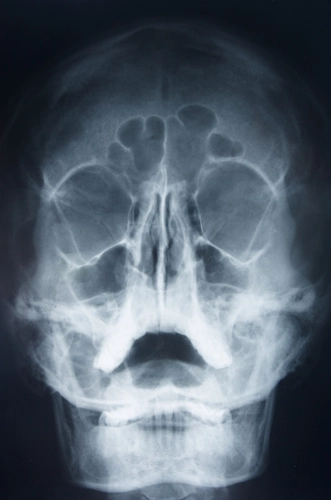Put Your Late Effects Knowledge to the Test

3 coding scenarios challenge what you’ve learned
Choosing late effects codes isn’t always an easy task. Try your hand at the following three scenarios - knowing the answers will keep your coding sharp and your documentation flawless.
Scenario 1: A 25-year-old male was transferred to an inpatient rehab hospital with a diagnosis of anoxic brain damage due to previous intracranial injury that occurred three months ago, when the patient was accidentally struck by a car while walking along the highway.
Scenario 2: A female patient underwent surgery to try to repair paralysis of her right wrist, due to a previous laceration of multiple nerves in the wrist from an accident. Your therapist is about to perform physical therapy for her.
Scenario 3: Your patient had polio as a child. Now you are providing care for the late effect of paraplegia.
Answer 1: To fully identify the service the doctor provides the patient, you must provide several codes. You should use 348.1 (Anoxic brain damage) as the primary code and 907.0 (Late effect of intracranial injury without mention of skull fracture) as the second code.
Answer 2: In this case, you should use 354.9 (Mononeuritis of upper limb, unspecified) as the primary code along with 907.4 (Late effect of injury to peripheral nerve of shoulder girdle and upper limb).
Answer 3: For this situation, you’ll first list 344.1 (Paraplegia) followed by 138 (Late effects of acute poliomyelitis).

